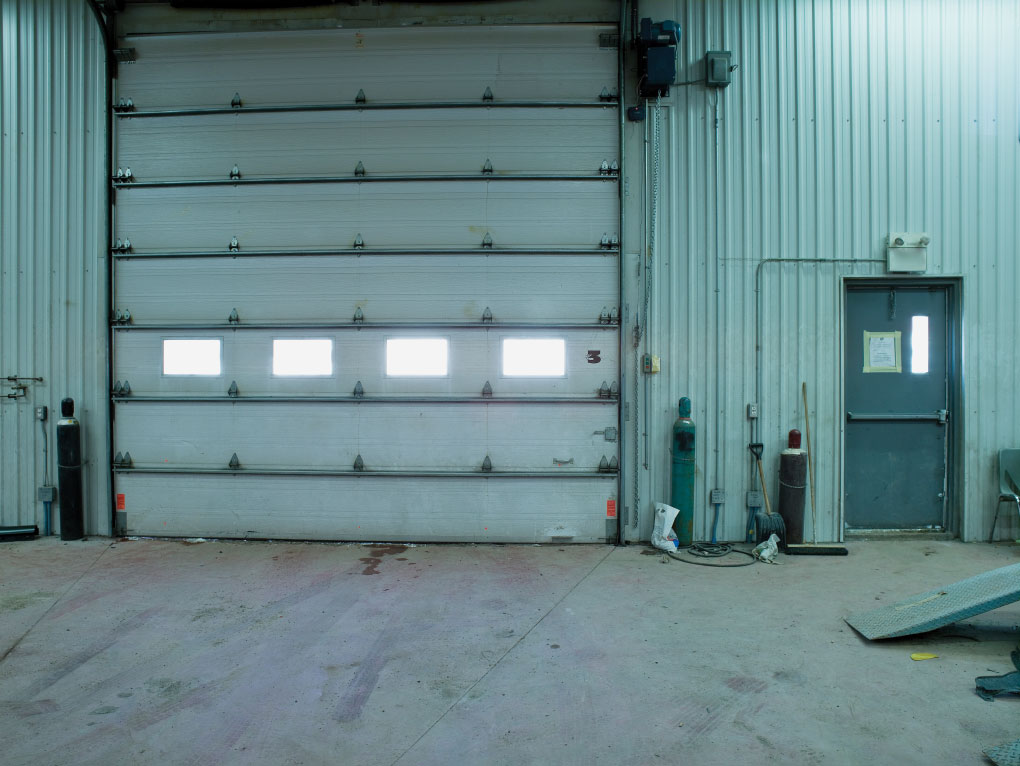Investment & Industrial
(See Part III: Hospitality & Land)
Investment:
This is such a broad category, that it has to be discussed almost globally to start. To begin with, since 1990, several entities with huge pools of available capital have concluded that real estate risk is less than that of equity markets, or at least a balancing asset class, and that portfolios should include good quality net-leased properties. These entities, insurance companies, pension funds, managed equity funds for high net-worth individuals, sovereign funds from outside the U.S., etc. have entered the commercial real estate investment market in a big way. Another factor for holders of wealth is that with U.S. inflation rates and interest rates so low, a much lower return is acceptable for a real estate investment – therefore individual properties and portfolios of properties can be sold at much higher prices than ever believed possible. In 2019, new developers who had sprung up since the beginning of the U.S. economic recovery, since about 2010, came to discover that they could buy land, develop property on a speculative basis, fully lease that property, and sell it for a huge spread over actual hard and soft costs of development. Many of these new development firms were lean and mean, offshoots of some of the larger players of the early 2000s, but without the overhead. And in many cases, without being a public company or beholden to one source or a few sources of income.
Another recent trend: we're seeing huge portfolio sales by major players such as Blackstone, Exeter, Stag, Ivanhoe Cambridge, sovereign funds from the Middle East and Singapore. Prologis, a REIT, (publicly-traded Real Estate Investment Trust) bought two other REITS, first DCT in August 2018 for $8.5 billion and then announced in October 2019 its intent to purchase Liberty Property Trust for $12.6 billion. Blackstone, in four days in September, 2019, purchased the U.S. Logistics assets of Colony Capital for $5.9 billion, and then the U.S. Logistics assets of China’s GLP for $18.7 billion.
Industrial:
The big change from 1990 to 2020 has been the fallback in manufacturing and the dramatic increase in large bulk distribution centers. Refrigerated food buildings continued to, and always will, service America’s breadbasket. Printing companies died by the hundreds, with survivors having huge investments in specialized machinery. But for the biggest change -- e-commerce fulfillment — nobody is a bigger part of this story than Amazon. Several buildings they occupy are more than a million square feet, in many cities. In Memphis, they are building a 4.2 million square-foot facility; in Nashville, a 3.6 million sf building, and in Northern Kentucky, their new Prime Air Hub at the airport will be 2.8 million sf. They claim to have created 100,000 new jobs by beginning their last mile delivery initiative just a little over a year ago in 2018.
In 1990, new bulk warehouses were mostly 24’ clear height. In the months preceding the dawn of 2020, most new bulk buildings were 36’ or 40’ clear height. In 1990, concrete floors were leveled with strings and straightedges measured by humans; now they’re precisely flat with new technologies with lasers and dozens of computer calculations, in all directions.
Another big change in new warehouse development is the presence of adequate truck trailer parking away from the building; such parking was rare in the ‘90s. Also, though it costs more to do this, column spacing is almost always over 50’ in all directions, with 52 x 60 not uncommon. In the ‘90s it was sometimes 40 by 40. Wider spacing provides more racking configuration options. In addition, in the early ‘90s it was quite common to have rack sprinklers to provide better response in case of fire with dense flammables, whereas now with ESFR (Early Suppression Fast Response) sprinkler systems, fire protection is as good without in-rack sprinklers.
Lighting is another big improvement. Thirty years ago there were fluorescent bulb systems, sodium vapor lighting (yellowish quality) and metal halide systems. All were energy hogs and expensive to repair. The first breakthrough in the early 2000s were the new efficient small diameter fluorescent systems, T-5 and T-8. They had a short time on the stage, as soon thereafter, highly-efficient LED lighting systems came out, and with motion sensors as the previous upgrades had, further saving bulb life and energy costs.
Most big bulk warehouses before 2008 were constructed with precast panels, which were factory-produced and with insulation sandwiched in and rated. A few developers stayed with the older tilt-up technology for cost reasons (where the building slab is poured first, and after curing, the wall panels are poured on top of the new floor and tilted up). When the recession hit, many of the pre-cast panel factories went out of business, so when things picked up later, most of the first buildings went back to tilt-up as the lead times for the few panel manufacturers still in business could be over 12 months. Eventually new plants opened or re-opened, and lead times got more reasonable.
But with more big bulk warehouses built more than ever before in the years between 2015 through 2020, led by Amazon, with many firms re-configuring their historic distribution patterns, and with many new players building facilities just for e-commerce, almost all being leased by good credit tenants, net-leased industrial was the new darling in the institutional investment community. And, as previously mentioned, with a long-term lease with a solid credit tenant, in tier one, or primary markets, CAP rates were often below 4 percent, which means the property values were astoundingly higher than in past years.
To conclude: industrial (just ahead of multi-family) is the new darling of institutional investment: never before has so much money been chasing so many buildings at so many record prices. The investment market and the industrial leasing market has the same marquee star: the net leased e-commerce distribution center, or fulfillment center! And free one-day delivery!





 RSS Feed
RSS Feed